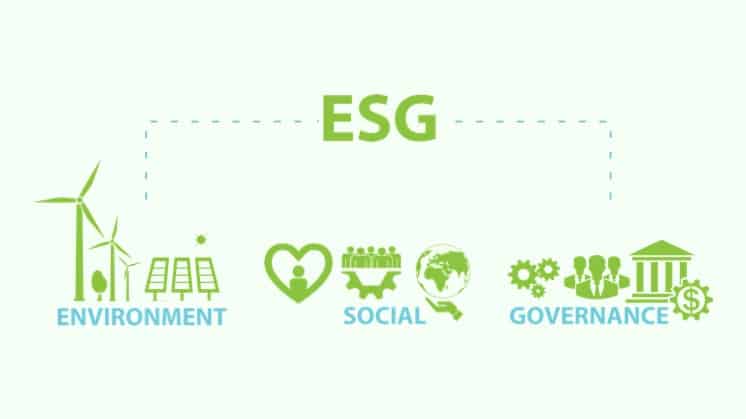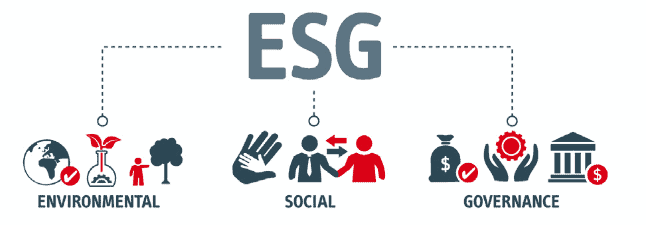Sustainability Risks and How They Affect Business

In a recent article, Acclaim Energy mentioned the need for businesses to incorporate the risks associated with Environmental, Social and Governance (“ESG”) programs within a company’s enterprise risk management framework. Managing those risks effectively is a key component of any successful ESG strategy.
Sustainability risk is not a new concept, it has been around for a while. In fact, there are articles from the early 2000s, which started mentioning sustainability risk. However, the subject has been increasing in relevance since investors and consumers alike began promoting it in its criteria for buying and investing in companies.

What is sustainability risk?
Sustainability risk can be defined as “ESG conditions or events which can or may have a significant negative impact on the assets, financial and earning situation, or reputation of an entity”. As such, sustainability risks are not all related to climate change as they also include unethical business behavior and product stewardship amongst others. For example, some companies do not trade in palm oil, because it is linked to deforestation. In order to better illustrate how to manage sustainability, we are going to focus on supply chain sustainability risk and the business value a successful management of this risk creates for a company.
Supply chain sustainability is defined as embedding ESG considerations into the sourcing of raw materials and the production and delivery of products into the market. A 2020 survey by the Massachusetts Institute of Technology (MIT) Center for Transportation and Logistics, and Council of Supply Chain Management Professionals (CSCMP) shows that 35% of the 1,100 surveyed companies lack sustainable goals for their supply chain. This is quite a remarkable statistic because it shows that a large number of companies are still missing a basic and significant component of their ESG policy and a lack of understanding of their financial and reputational risks.
Acclaim’s initial recommendation to companies without supply chain sustainability goals is to do a profound review of their ESG policies, because they are likely not to be as comprehensive and robust as required. The ESG standards defined at a company level must serve as a guideline for operating globally at a high standard when it comes to supply chain management.
Our second recommendation orbits around the necessity for mapping the entire supply chain to gain an intimate knowledge of their whole process. This requires dividing suppliers into tiers with your larger and more important suppliers being Tier 1 and your smaller suppliers being Tier 2 and 3. The reason is that supply chain sustainability risk is likely to be concentrated on the Tier 2 and 3 suppliers. For example, a 2020 study on sustainable supply chain published in Harvard Business Review shows that the lack of environmental practices, poor health and safety conditions, and even sexual harassment policies are commonly widespread amongst small suppliers with ties to large multinational companies that champion sustainability.
The results of this study clearly show a disconnect between the development of ESG standards for a company’s supply chain and the importance and implementation thereof. The way for a company to bridge the gap between policy definition and implementation is threefold:
- Alignment: Successful ESG goals means requiring your Tier 1 suppliers to establish their own long-term sustainability goals in line with your company’s own long-term sustainability goals. For example, source 100% of your energy from renewable sources by 2025.
- Education: Sustainability is often achieved through cultural changes than through changes in processes and systems. In this context, it is important that a company shares its ESG responsibility, impact, and initiatives with its suppliers to communicate supply chain issues, risks, and impact. This educational effort helps create an inclusive and proactive ESG culture with direct involvement from lower-tier suppliers, as they are also part of the overall sustainability strategy. For example, this educational effort fosters sustainability concepts such as circular economy by everyone to reduce waste.
- Accountability: A comprehensive set of KPIs to track progress made against ESG targets must be developed. This should be accompanied by the creation of a system of incentives to reward sustainability efforts and ideas throughout your employees and suppliers. KPIs will also allow you to identify areas of improvement and gain suppliers’ commitment to ESG goals.
The implementation of successful sustainability policies on a company’s supply chain creates an inherent business value. An IBM research report for the National Retail Federation shows that 71% of the consumers surveyed indicate traceability of products is very important and are willing to pay a premium for brands that provide them. This means that sustainability is already a major differentiating factor amongst companies and consumers’ perception of your organization. This fact is underpinned by data from the same IBM research report that shows that 57% of globally surveyed consumers are willing to change their purchasing habits to help reduce negative environmental impact.
It is widely and rapidly being accepted that sound ESG policies and practices are value generation activities. Business leaders are now embracing, promoting and deploying supply chain sustainability risk programs before the valuation of e t their business can be adversely impacted. Companies without a sound grasp of their own supply chain and the risks posed by it have a greater likelihood to face consumer and investor backlash, which is not good for your position as a leader or organization.




